I work in some pretty extreme environments. Day to day, I’m hopping on and off boats, climbing steep grades, and walking on some very slippery surfaces. Some days we’re climbing mountains or glaciers, walking on shale beaches, dodging fur seals, watching out for polar bears, or even driving zodiacs. I’m also responsible for helping my guests navigate many of these same obstacles. On top of all this, I need to be ready at a moment’s notice to snap a breaching whale, sparring polar bears, a mobbed eagle, or a leopard seal degloving a penguin. How? With help from Peak Design’s Capture Clips.
The Problems
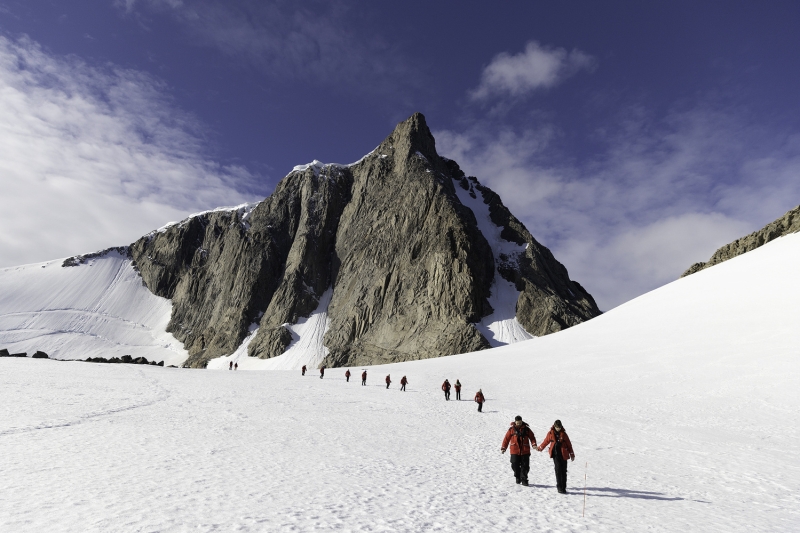
Some pretty steep terrain, and often slippery snow.

I need my hands free to drive a zodiac. But, floating a few dozen yards from a leo and it looks like it’s going to open its mouth, I better be able to get at my camera fast. Having my gear in my bag means I miss shots like this. Peak Design make it possible to capture this. @letusgophoto
As a wildlife photographer-in-residence for G Adventures, having my gear packed away in a backpack makes it difficult to be ready to take images of unpredictable animals. More recently, many of the locations I’m shooting in have asked that bags not be placed on the ground for fear of contaminating different colonies with avian flu.
Carrying my kit just won’t work. There’s just too much.
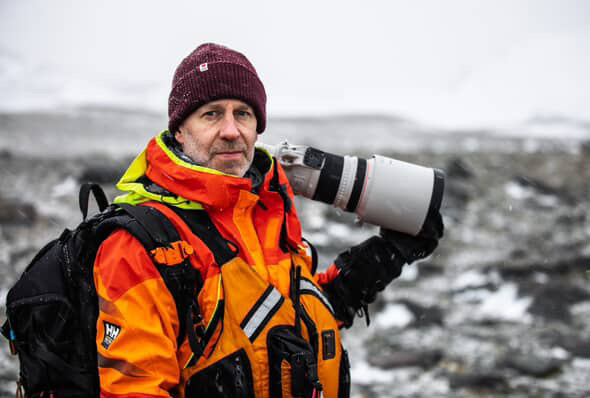
If it’s not avian flu, I’m worried about putting my cameras down in the muck. There’s no way that I’m putting my camera down in slurries of wet guano.

No way my gear goes on the ground here. @letusgophoto
Out on the water, I couldn’t put my cameras down on the deck of zodiacs as they’re prone to a bit of water. Before using the Capture Clips, I often found myself carrying cameras and lenses around in my hands. There’s no way that a neck strap or sling is safe when I’m around boats and wildlife.
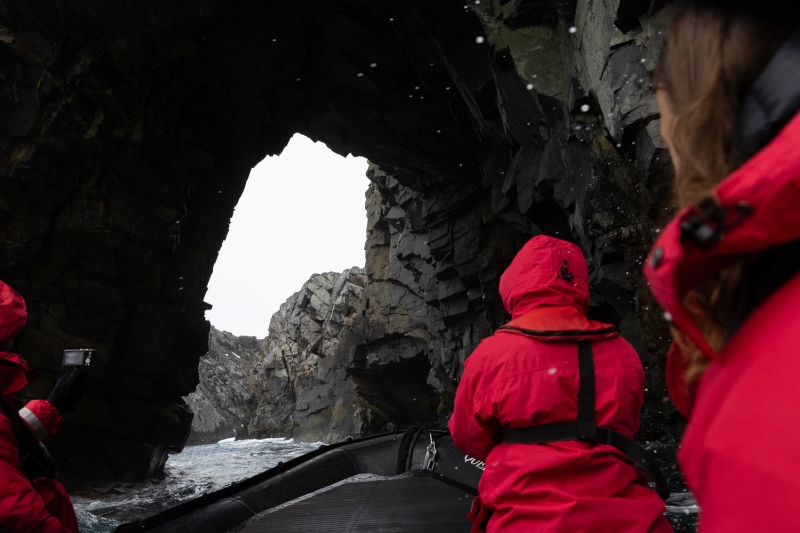
Matt, of Rogue Wave Academy deftly navigating the cliffs and arches of Spert Island. @letusgophoto
Frankly, I was at a loss. Often called on to help out with operations, I wasn’t photographing efficiently as I needed my hands free to help out with getting guests ashore safely. I needed my hands free.
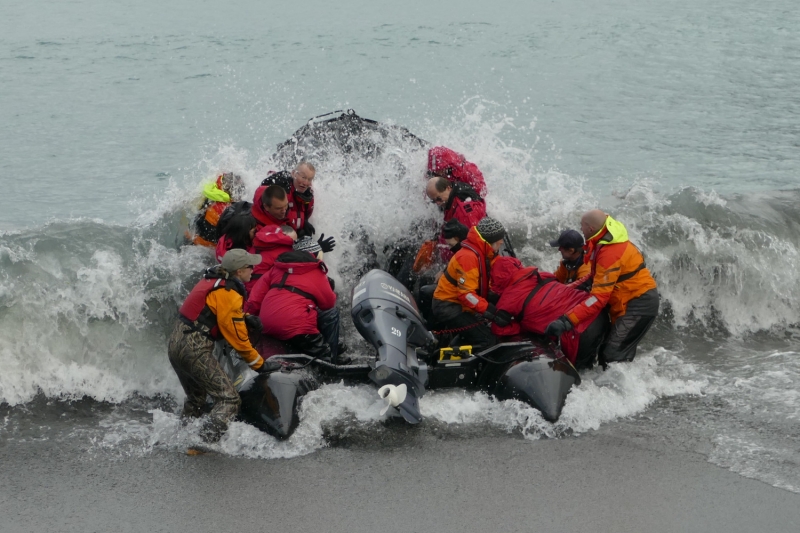
This meant that my cameras went back into my bags. In turn, this meant that I might miss photos that popped up without warning—which is typical for wildlife photography. Walking beaches with cameras in hand, unable to put gear on the ground, also meant that I had to pick whether I had my long lens or something wider.
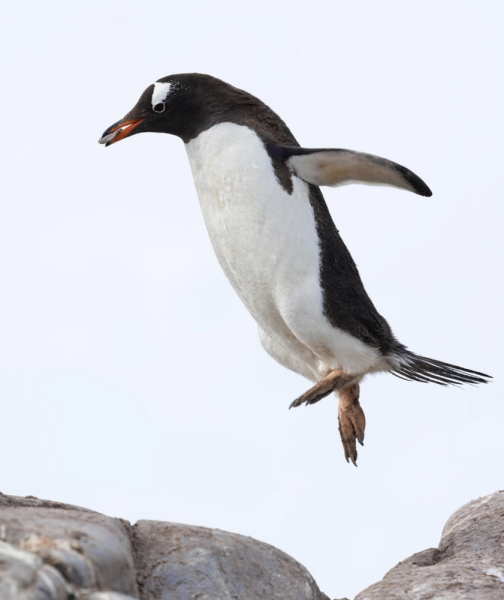
You have to be ready when the situation presents itself. @letusgophoto
The Solution
To consolidate my needs, I require something that is secure, holds a decent amount of weight, is personally ergonomic, and gives me access to my cameras in a flash.
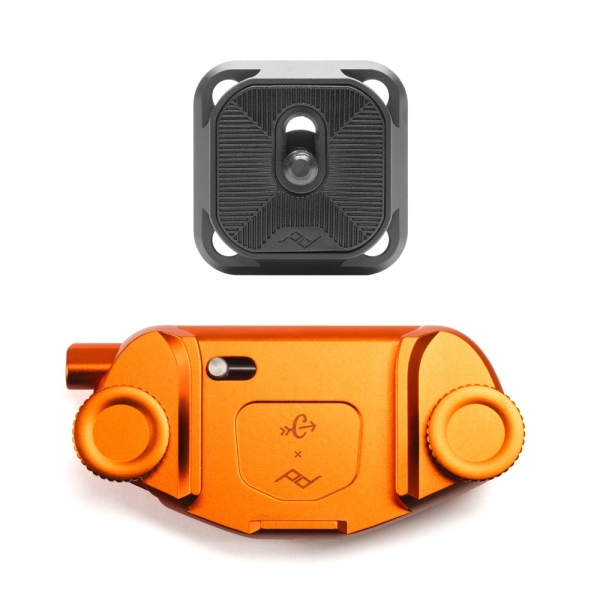
I decided to try Peak Designs’ Capture Clip. As you can see, an Arca-type compatible QR plate attaches to my camera or tripod leg (for heavier lenses), which then slips into the clip that attaches to the shoulder strap of my backpack.
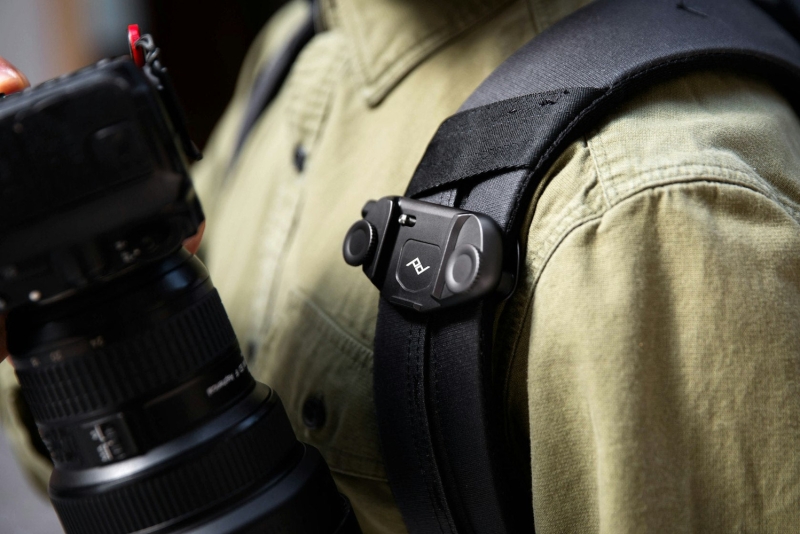
Quick Release
Getting my cameras out is fast and efficient. A quick push of the release button and my camera is free and I’m ready to shoot.
Efficient
I love that the Arca-type clip can also fit right onto my tripod or monopod in case I need some stability. It also means I’m not fussing with changing plates when it’s really cold or dark out.
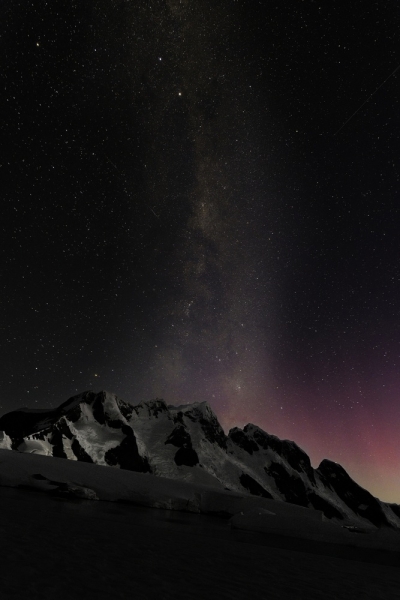
Using the Arca-type plate makes hooking up to my tripod in the dark very easy. @letusgophoto
The way that the base plate clips to the shoulder strap means that I could even cover up my lenses using rain/dust jackets for more foul weather.
Secure
Over a lot of different environments, climbing steep grades, nothing ever slipped or dropped out of the clip. I appreciated that I had to lift my camera out of the clip once I engaged the release button. Using gravity to help hold my gear in place is a great piece of engineering.
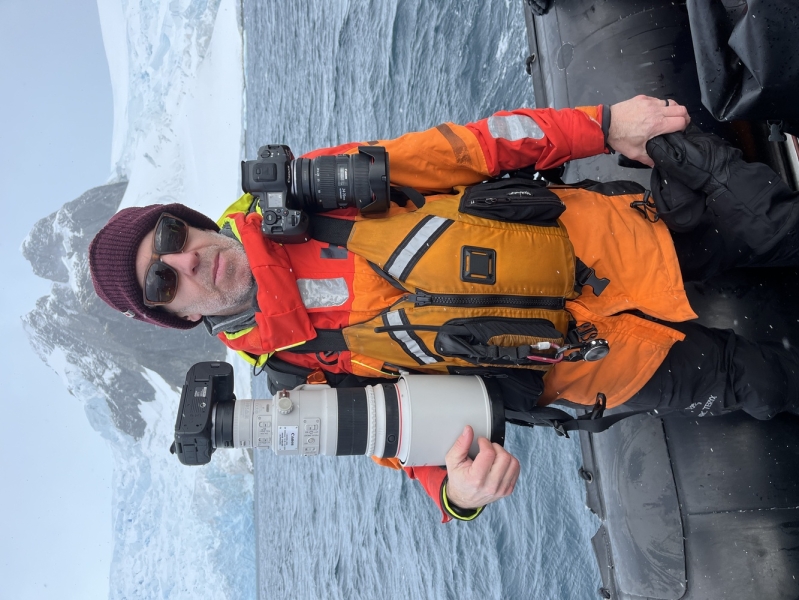
As you can see, I carry a lot of klatch. Peak Design’s Capture Clip make the load much easier to handle and keeps my cameras at my fingertips. Thanks for the pic Sarah – Also from Rogue Wave Academy.
Weight
The clips carried as much weight as I could throw at them. I typically have my 300mm f/2.8 with teleconverter. Including my Canon bodies, my camera kit is weighing in at about 6lbs. Putting the weight on my shoulders takes the weight off of my back and onto my shoulder harness, which transfers most of the weight to my hips. Which certainly makes it easier to climb or lend a hand.
The clips fit on straps up to 2.5” wide and 0.6″ thick with standard thumbscrews or 0.88” thick with included hex-head clamping bolts. I found I could clamp some of my thicker padded straps with a bit more tightening. To be clear, I exceeded what they were built for.
Able to carry all this weight, I can have both my wide and long lenses available. I no longer have to juggle lens changes ashore in dirty environments.
Minor Cons
I was extremely happy with how easy it was for me to access my gear and how secure everything felt. It did take me a while to determine where to attach the clips to my straps. As a tip, I figured out that my longer lenses go a bit higher on the strap and the shorter lenses a bit lower. This made it easy to keep the cameras out of my face and easy to disconnect. I personally carry them a bit higher than what I’ve seen online so that I can unhook my kit without even looking—instead keeping my eye on the action.
Another quick tip: if you’re trying these out in the field, have a pair of pliers handy to make the setup easier. Adjusting the screws that tighten the clips to my bag can be a bit tough, especially in the cold.
Having my kit fastened to my chest made access easy. However, given that I’m also wearing a life jacket and carrying a bit of safety gear, the whole setup got a bit bulky. Honestly, however, I’m just carrying too much klatch. I can’t think of a solution, as I really liked having my gear on my front, easy to access—I suppose I’m willing to sacrifice comfort for convenience.
I had the Carryology version, which comes in a bright orange. I liked how bright the metal was; some may like something more muted.
Gear images provided by Peak Designs, wildlife images provided by me, Mark Dunsmuir / let us go photo.

